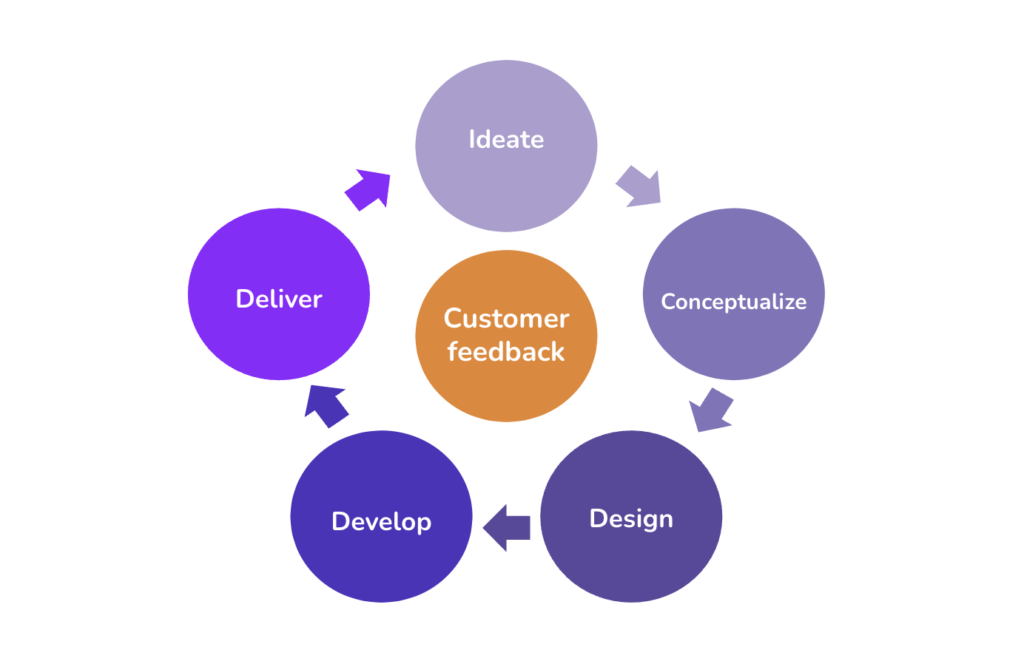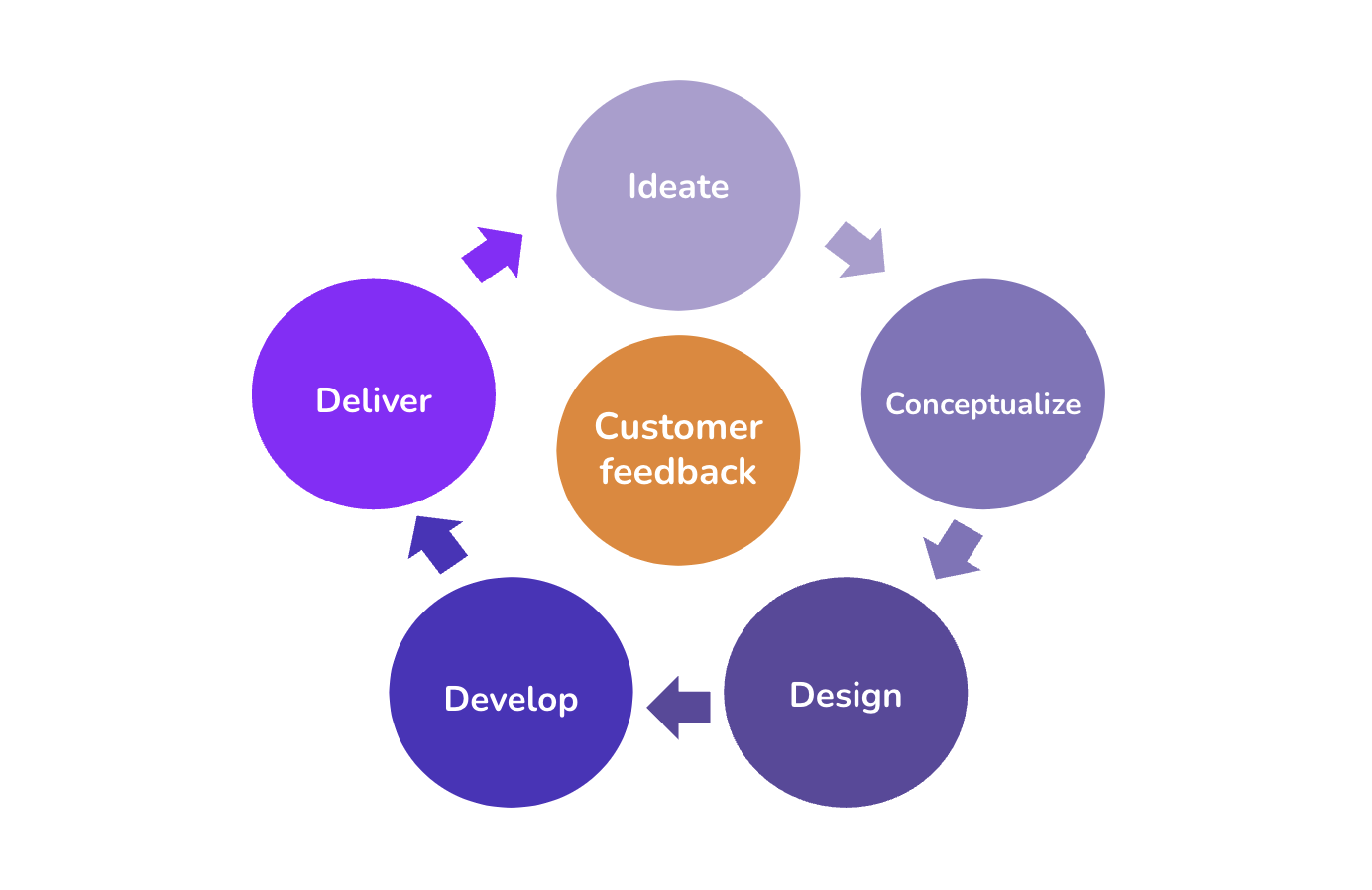3 Hard Product Lessons from building Insight7
-
Odun Odubanjo
- 10 min read


Customer feedback is critical for product discovery and delivery
It’s way easier to give product advice than to apply it but I hope these three connected lessons save other founders and product teams a ton of dev resources.
1. Changing user behavior remains the greatest product challenge
We all know building a great product is no longer enough to get it off the ground. You need a GTM machine. I would argue the biggest challenge for getting new products off the ground is changing user behavior. Even ahead of competition or funding. How do you get people to change how they work today? I wonder why this isn’t the most talked about subject in the startup world.
When we first launched we prided ourselves in having a unique experience that solves a very painful problem but we quickly found out that wasn’t enough. We needed to create the pathways that make it easy to create a new behavior with our app and touch points that reinforce that behavior until it becomes a habit.
The lesson here is to think abut the most frictionless way to get the user to achieve their goal with your product the first time and then every time. This leads to the next lesson.
2. Start with the data-in problem:
Related to the first lesson is investing in the empty state experience first before the data in state. Most products today require some form of data to activate. It could be documents, first-party data from existing solution, server logs. Whatever is the thing your app makes magic from needs to be easy to connect to unlock value quickly for users.
We start by building an interview transcription service and then integrations. I would reverse that order next time as its easier and faster to plugin integrations to show value than to switch behavior for the transcription service.
The reason we started with transcription was thinking that it was the biggest pain but we quickly found that people will people would rather do that or take short cuts towards their goal.
This points leads to the next lesson.
3. People want 100% automation or they’ll stay with 100% manual. Anything in-between isn’t enough.
There is a reason people don’t use the self-driving feature in their car. They’ll rather drive the thing. Compare that to how quickly the average person is adopting self-driving capabilities in their cars.
The reason is that people are fine with either control and flexibility or convenience so if you’re trying to take away control it better be a full on convenience.
For example: we learnt that to truly unlock true value of our customer feedback synthesis experience, we needed to automate the entire thing: insight extraction, tagging, affinity mapping. 100% automation or nothing. I told the team: give the people what they want.
The lesson here is full automation is a goal to continue to strive towards. We are building a fully automated platform to help product teams understand customers with simple commands and basic workflows.







